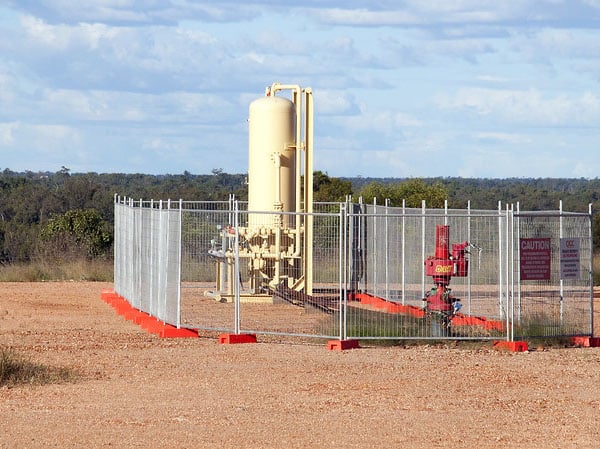In South Africa, underground gold mining depths have now reached 4,000 m below the surface. At such depths, an understanding of rock stress is critical.
Another major development is the increased use of block caving and sub-level caving techniques, which are capable, in the right geotechnical environments, of providing large volumes of low cost ore. In the 20th century, block and sub-level caving was the exclusive domain of weaker rocks which caved readily. This situation has now changed due to the geotechnical application of rock preconditioning techniques such as hydrofracturing, and a much better understanding of the vertical and lateral stress behaviour of caving in massive strata.
Sigra has developed the basis for determining where preconditioning of massive strata in coal mines is required. The use of hydrofracture techniques to help initiate caving are now well understood. Australian coal experience in hydrofracturing then transferred successfully into Australian block caving gold, diamonds and metalliferous mines.
Globally, block caving techniques are now being considered for a number of very large scale new underground mine developments, often involving the transition to underground mining under deep worked out open pit operations. This can create significant issues with stability of open pit batters, tailings dams, and other surface infrastructure such as ore processing plants.
In Botswana, south-west Africa, Sigra has been involved in the evaluation of the transition of two large open pit diamond mines to underground block caving operations. Diamonds occur on circular kimberlite rock pipes which make them, from a geometry perspective, ideal candidates for block caving. In 2013 and 2019, Sigra carried out deep IST 2D stress testing at Jwaneng, the world’s largest diamond mine, owned by Debswana Diamonds, in relation to block caving. In 2019, Sigra did similar IST 2D stress measurements at Karowe in northern Botswana. Karowe is another globally significant diamond mine which is owned by Lucara Diamonds.

Sigra’s stress tools have taken the company into a number of other metalliferous projects. These include:
Sigra has also provided geotechnical consulting advice in relation to underground mining. This has included the proposed Mount Norma copper mine in Queensland and the Holbinsky gold mine in the Buryatia Republic of the Russian Federation.
Sigra’s understanding of stress and the way in which fluids act within a rock mass gives it a real advantage in dealing with fractured or porous rocks and in developing pre-conditioning techniques for block or sub-level caving. The lessons Sigra has learnt in longwall mining massive strata have applications in gold, diamonds and metalliferous mining.
















